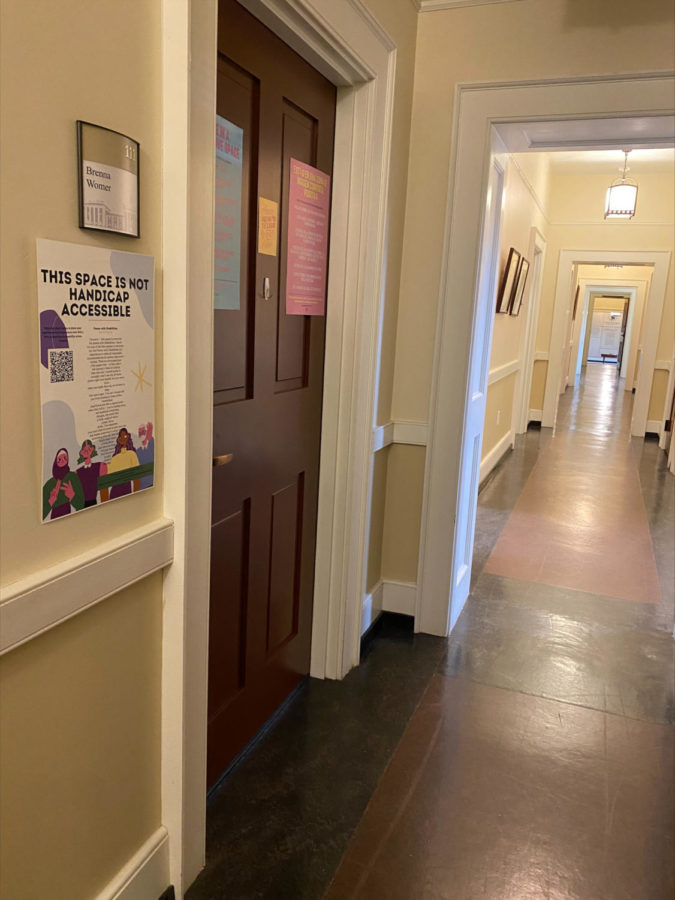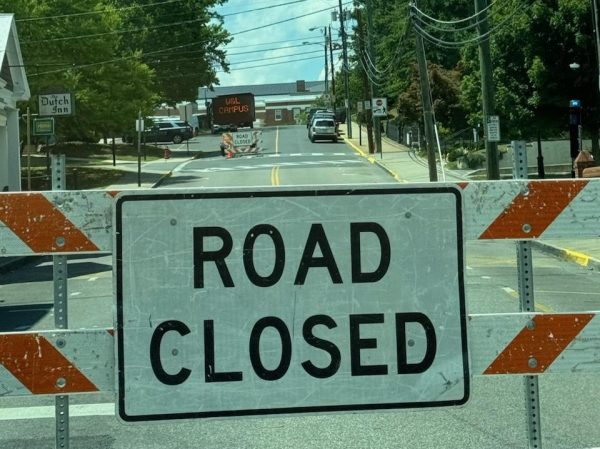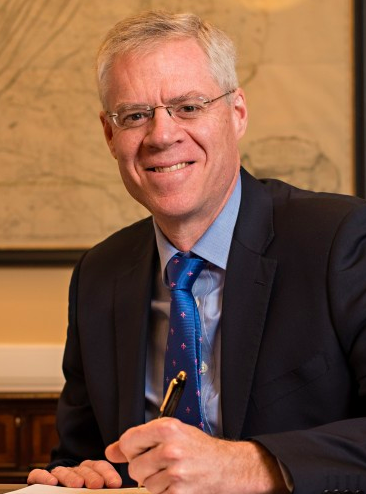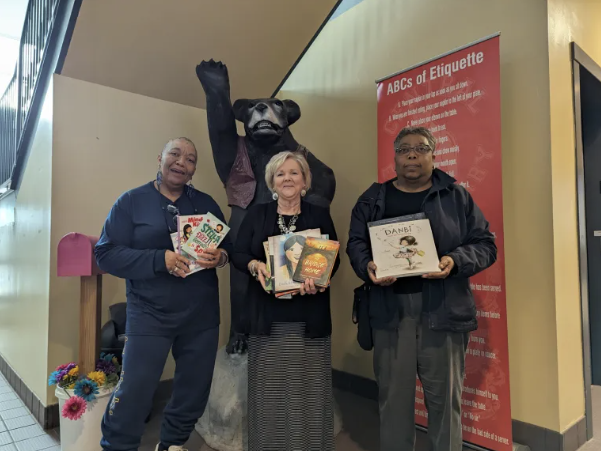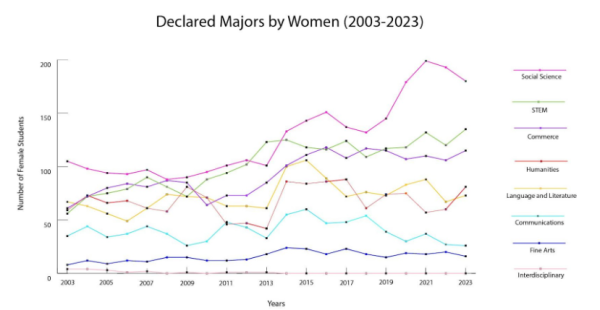Lack of accessibility on W&L campus gains increased attention
WLUnite, a new student organization, is hoping to raise awareness about inadequate disability accommodations
Flyers made by Caro Herrera, ’22, were posted around campus deem many spaces inaccessible for people with disabilities. Photo by Elena Lee, ‘25.
April 12, 2022
When Catherine Xia, ’23, arrived at Washington and Lee in 2019, she thought she was joining a student body where she could see people like herself, those who self-identify as disabled, supported and welcomed. When she asked around, she was told that she would have to create that community for herself, because it had never existed in the 273-year-long history of the university.
Alexandra Miyamoto, ’23, also felt the need for a safe space for the disabled community on campus. So, she founded WLUnite in 2020, and Xia became one of the founding members.
WLUnite is a student-run club that undertakes awareness initiatives, fundraisers and advocates for accessibility and disability recognition on campus. About 15% of the world’s population lives with significant disability, says Miyamoto, quoting WHO statistics.
This makes the inaccessibility of Washington and Lee’s campus even more glaring, not only for physically disabled people, but also for students moving in, children in strollers, older people on scooters and injured athletes. Last semester, flyers deeming spaces inaccessible were posted on multiple campus buildings to highlight the issue.
According to a study about Washington and Lee conducted by an accessibility consulting firm, about 45% of building entrances require stairs and are inaccessible. Additionally, around 40% of running slopes are too steep. The report also said 45% of parking lots do not have designated spaces for disabled people.
Alison Bell, professor of anthropology, teaches a course on the sociology of disability. She speaks about the advantages of universal design.
Universal design is not just beneficial for disabled students. For example, making all buildings wheelchair accessible removes a barrier for disabled students, but also helps students with injuries or students moving into dorms.
WLUnite recently hosted its first ever disability awareness week, with events designed to address the stigma and misinformation surrounding disability on campus and beyond. WLUnite often works adjacent to the disability resource center.
The disability resource center is the office that handles disability accommodations for students with a barrier to access to programs or activities due to a physical or mental impairment.
“We look at whether the requested accommodation is logical, reasonable or necessary for equal access, without altering an essential element of the academic program,” said Lauren Kozak, director of the disability resource center.
According to one student who wishes to remain anonymous, this last provision means that requests for flexible attendance policy are rarely granted, even in cases of mental challenges like major depressive disorder.
Another caveat of the accommodations process is that it completely relies on the student to self-report their disability and request an accommodation. Xia said that this is extremely overwhelming as an incoming freshman, especially since it needs to be completed even before you arrive on campus or during orientation.
Bell has a lot of suggestions for ways in which courses can be designed to be more accessible.
“We tend to have a legalistic approach to disability at W&L — we’re doing the bare minimum required by law,” Bell said. “It’s not enough to just say that we’re not breaking the law, we need to be inclusive and anticipate the needs of people to create a robust and valued community at W&L.”
Xia identifies as hard-of-hearing and considers herself lucky that she has a sensory disability for which she has medical records, and a team of healthcare professionals that guide her. She talks about how much harder it is to be an autistic woman or a teenager with undiagnosed ADHD, which is very commonly undiagnosed.
Xia said that the disability resource office is so afraid of people taking advantage of the system that accommodations are very difficult to access for those in need.
“There’s no need to make college harder than it already is,” Xia said.
Xia said that there are many academic challenges that come along with being a disabled student at Washington and Lee, especially when accommodations are so difficult to receive.
“I make jokes about always being two steps behind,” she said.
Xia highlights the tendency among her peers to use exclusive and even demeaning language. Just because someone uses a wheelchair doesn’t mean they have no ability to walk and should not be mislabeled as such.
“Disabled people are also human, even if we approach life differently,” Xia said. “You don’t have to pity us or look down on us, but you also don’t have to look up to us for just existing and being ourselves.”



